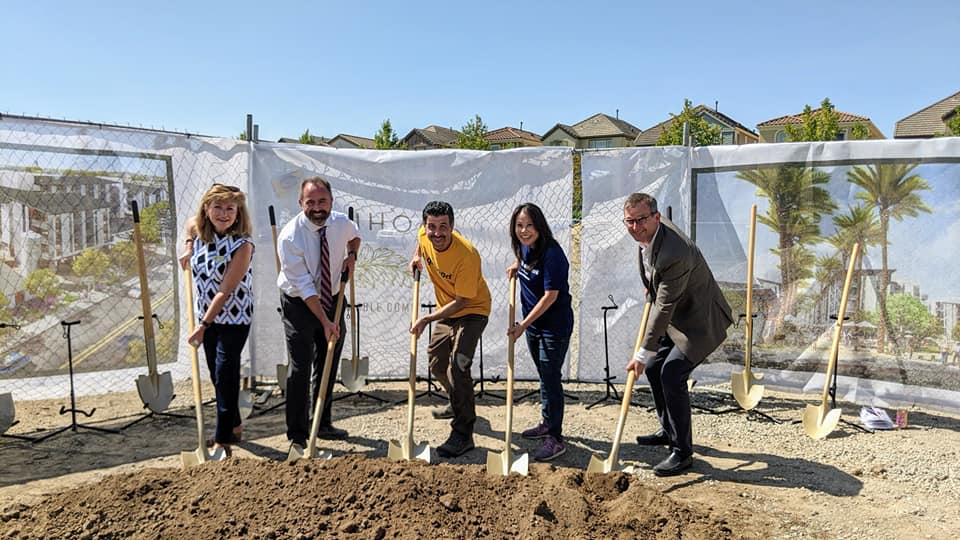In a suburban pocket of northern California, a one-of-a-kind housing project will bring together people of all ages, abilities and incomes, to live together on a working farm.
The ‘Agrihood’, a now-empty infill site in the centre of Santa Clara County, will dedicate 165 affordable housing units for veterans and people aged over 55.
Residents can offer to volunteer on the 7,500 square foot farm, where they will grow and pick fresh herbs, vegetables, and nuts, to enjoy and distribute to the broader community.
Local business owner and housing activist Kirk Vartan has spent decades trying to get the plan off the ground.
“There’s no land use innovation or community progressive design here, it’s just pretty suburban and generic,” he told Aged Care Insite.
“There are 10,000 people a day that are hitting 65 years old, and we’re not accommodating the needs of the ageing population.
“This will show that people can take some risk and do something different, which could be potentially extraordinary.”
Santa Clara, the sixth most populous county in California’s Silicon Valley, houses over two million people.
Over 30 per cent of its residents are currently aged over 60, a figure which is estimated to nearly double by 2048.
With a growing number of older adults, community leaders have urged the city to invest in more accessible public spaces and to promote social participation for retirees.
“If you’re in a suburban community with no resources or access to anything except to get around by car, you are kind of trapped,” said Kirk.
“This area, where the majority of buildings are one-storey ranch style housing, there’s no way to accommodate anything other than that.
“There are really no other options for people, especially if they need extra care.”

Including the farmland and mixed-use apartments, the Agrihood’s open space plans include a commercial kitchen, a farmers market, and room for events including live music and book readings.
Studies have shown that older residents who engaged in daily outdoor farming activities, such as gardening and growing produce, socialised more often, and were significantly more active than those living in nursing homes.
“It’s mixed income, so you have all forms of equity, and intergenerational, so you have families and all the way up to seniors living in the area,” said Kirk.
“So here’s a real way to engage and create placemaking opportunities here.”
A growing issue
As the city moves forward with plans to develop the site, local residents have grappled with the rising numbers of older adults experiencing homelessness.
When state funding for the Agrihood was announced to the public, officials drew attention to the impact of soaring housing prices on the senior community.
“The economic fallout from the pandemic has created affordable housing problems for seniors in one of most expensive areas in the entire nation,” Santa Clara County Supervisor Cindy Chavez told the San Jose Spotlight.
“With baby boomers ageing, we will continue building permanent supportive housing and Agrihood could very well be the gold standard.”
In his eighteen years living in California, Kirk said he has witnessed the rising numbers of homeless adults, which he said has particularly worsened over the past decade.
“The pandemic has been catastrophic on so many levels,” he said.
“I think we have about 6,000 unhoused residents in this area.
“We don’t have enough affordable housing and that’s the biggest problem, and we don’t have enough housing in general.”
Pushing development plans for the Agrihood was a community-led process, according to Kirk, who co-founded the city's local pizzeria almost 20 years ago.
He hopes that the success of the urban farm will inspire developers to advocate for more open living spaces and accessible housing.
“The pandemic has forced us to make structural changes in our society,” he said.
“We’ve given a taste to the people and our communities, what it means to take back public spaces.
“Hopefully it will be an example for other developers, other cities and other states, wherever, to show that you can create a dense community and local urban farming.”
Email [email protected]
 Aged Care Insite Australia's number one aged care news source
Aged Care Insite Australia's number one aged care news source

